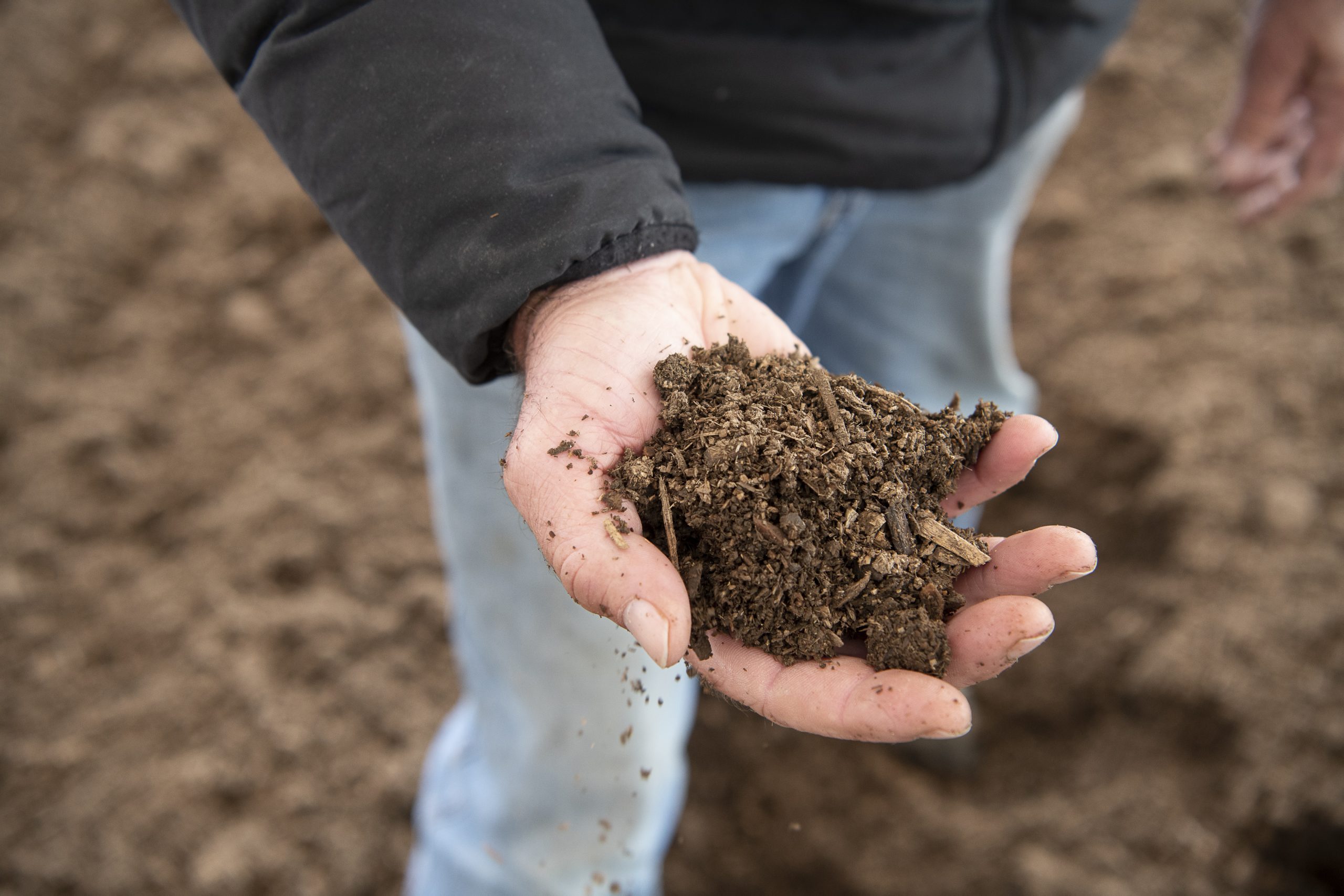The good soil: reducing nitrogen fertiliser
Reducing the volume of nitrogen coming into a farm system and becoming more efficient at using that nitrogen is a great way to reduce nitrogen loss.

By Hugh Jackson
Around the Mid Canterbury region, I have seen a lot of farmers who have been proactively working towards reducing their nitrogen losses over the past few years.

Managing nitrogen loss onfarm is good farm practice and can be done in a variety of ways. Reducing the volume of nitrogen coming into a farm system and becoming more efficient at using that nitrogen is a great way to reduce nitrogen loss.
One way to reduce the volume of nitrogen coming into your system is by reducing nitrogen fertiliser application. This brings environmental benefits, including improving water quality and reducing greenhouse gas emissions.
It is also essential for some farmers to make changes to meet national and regional regulation, such as the nitrogen cap.
SYNTHETIC NITROGEN CAP DEADLINE
As most of you will be aware, the synthetic nitrogen cap is coming into effect on July 1 this year.
This means all pastoral farmers will be required to ensure the amount of synthetic nitrogen fertiliser applied is less than 190kgN/ha/year. Farmers will also be required to record and report their synthetic nitrogen fertiliser use to their regional council.
For farms not ready to meet the incoming nitrogen cap, there is the option to apply for a resource consent this year, which gives time to adjust your practices accordingly by 2023. Contact your regional council for more details.
It can be difficult working out where to start when reviewing your fertiliser use, so here are a few tips to help plan. Even farms not affected by the nitrogen cap can make changes to on-farm management, to reduce overall nitrogen fertiliser use.
STRATEGIES TO REDUCE TOTAL NITROGEN FERTILISER
- Have a monthly nitrogen fertiliser plan and monitor it, to check you are on track to stay within your fertiliser budget throughout the year.
- Reduce application rates to no more than 40kg N/ha in early spring and then to 0.8kg N/ha per day of round length.
- Optimise conditions for clover growth and get paddocks soil tested to help identify if a lack of nutrients is limiting pasture or clover growth (pH, P, K and Mo). To avoid the shading of clover, careful grazing management is also important.
- Skip a few paddocks when pasture growth rates are high and silage making is not wanted/needed.
- Consider missing areas of higher fertility within paddocks, such as the front of paddocks, and areas around troughs.
DairyNZ also has great examples of this work in action, through the Selwyn and Hinds project. Farmers in these regions have been on a journey to reduce nitrogen loss and have great real farm examples to support on-farm change. Have a look at dairynz.co.nz/selwynhinds.
- For more information about the regulation, visit dairynz.co.nz/nitrogen-cap
- Hugh Jackson is a DairyNZ consulting officer for Mid Canterbury.
STEP CHANGE EVENTS
DairyNZ’s Step Change programme is supporting dairy farmers to reduce their footprint while improving profit. During June and July, a series of events will help dairy farmers respond to environmental limits and find out how environmental progress could be used in discussion with banks.





